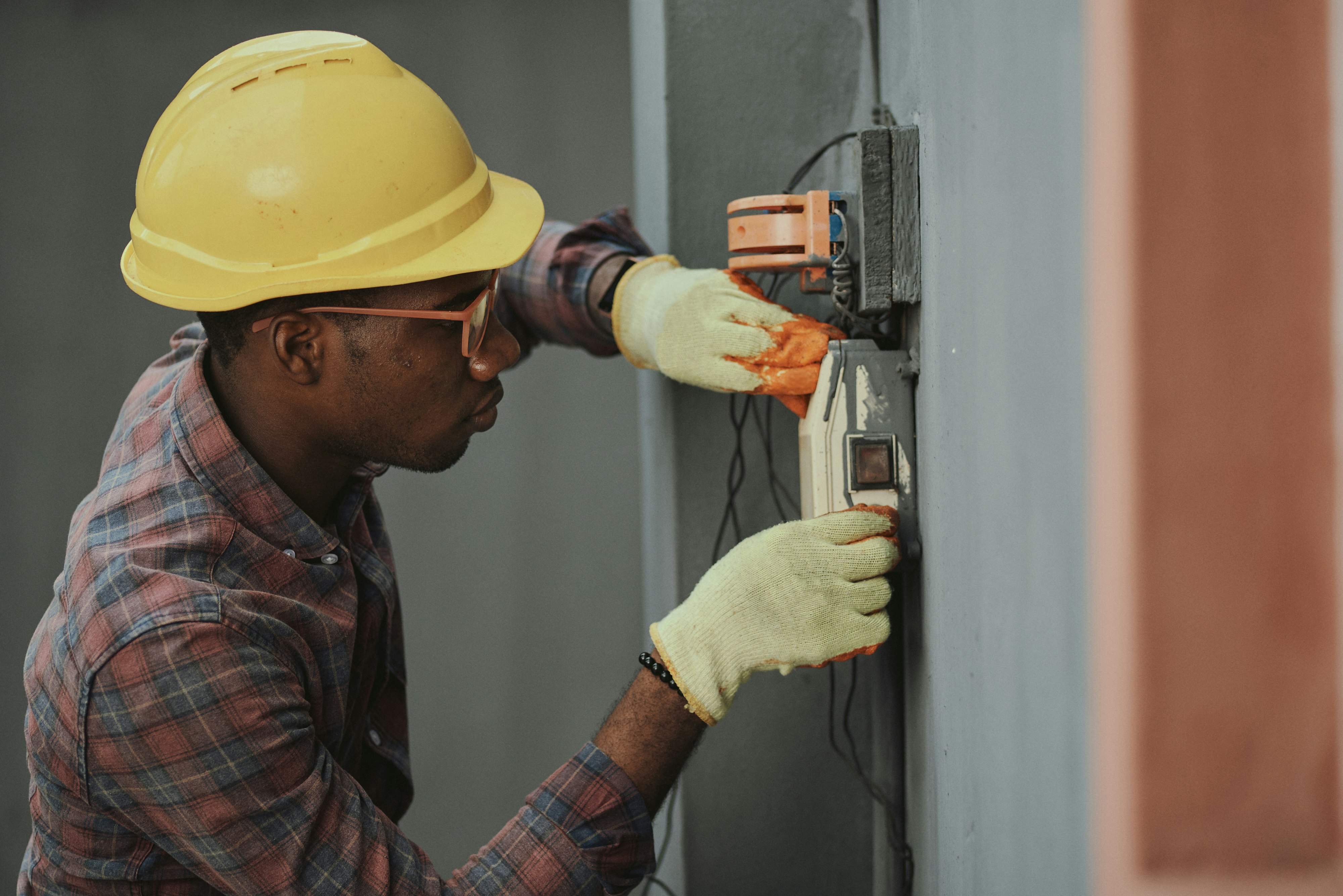Reactive maintenance
Reactive maintenance entails repairing assets only once they have broken down or have reached wear and tear, where their operations can resume only after repairs. This kind of maintenance is necessary for almost all companies from time to time. The advantage of this type of maintenance is that it requires less resources and requires low initial and ongoing costs. On the other hand, its downsides include the high cost, which may reduce the lifespan of assets due to lack of ongoing maintenance and may cause unexpected and costly delays in production. Furthermore, it has a higher safety risk to employees and operators.
The implication of this maintenance approach is that it does not impose a substantial burden on a company's supply chain. It does not require a regular supply of spare parts, meaning it only affects the vendor side of the supply chain when there is a problem. However, the customer may face challenges if there is a severe breakdown affecting equipment and production.
Preventive maintenance
In almost every aspect, preventive maintenance seeks to address the issues arising from reactive maintenance. Instead of waiting for an asset to wear off or break down, it takes a rather proactive approach to try to prevent the machinery from breaking down in the first place. It entails periodic maintenance and repair, often done at strict intervals. This removes uncertainty and the risk of machines being damaged during work. The advantages of this approach are that they significantly reduce the risk of equipment failure, enhances employees' safety and prolong the machines' lifespan. However, the problems arising from this are that they require more investments and resource allocation and can be inefficient.
This strategy adds additional vendors and subcontractors to the company's supply chain due to spares and supplies being in regular demand. It can also put extra pressure on logistics managers in the event of an adverse event such as Covid-19. Furthermore, companies using this strategy may be forced to stockpile spares to use in maintenance and supplies as an insurance policy.
Predictive maintenance
Predictive maintenance is a newer concept built on innovative technologies such as the Internet of Things (IoT), smart sensors and others. This form of maintenance strikes a balance between reactive and preventive maintenance strategies. Unlike reactive maintenance, predictive maintenance does not entail waiting for a machine to fail. Rather, it encourages monitoring an asset while it works and identifying the signs of wear and tear through advanced sensors.
The advantages of this approach are that it provides increased visibility of the asset's condition, prevents breakdown and costly repairs and promotes the longevity of assets. The disadvantage entails higher ignition investment and difficulty retrofitting the sensors on old equipment. On supply chains, this method provides a way of tracking shipments and optimizing delivery times by leveraging IoT sensors and artificial intelligence. This method imposes little strain on the firm's supply chains and allows an organization to gain insights into parts of machines and parts that need to be ordered.





